Peredvizhniki (Передви́жники) (1870-1923)
We Perform Peredvizhniki art authentication. Peredvizhniki appraisal. Peredvizhniki certificates of authenticity (COA). Peredvizhniki analysis, research, scientific tests, full art authentications. We will help you sell your Peredvizhniki or we will sell it for you.

Peredvizhniki Artists: Abram Arkhipov, Nikolai Ge, Nikolay Kasatkin, Arkhip Kuindzhi, Ivan Kramskoi, Isaac Levitan, Rafail Sergeevich Levitsky, Vladimir Makovsky, Vassili Maximovitch Maximov, Grigoriy Myasoyedov, Leonid Pasternak, Vasily Polenov, Ilya Repin, Andrei Ryabushkin, Konstantin Savitsky, Alexei Savrasov, Valentin Serov, Emily Shanks, Ivan Shishkin, Vasily Surikov, Apollinary Vasnetsov, Viktor Vasnetsov, Nikolai Yaroshenko
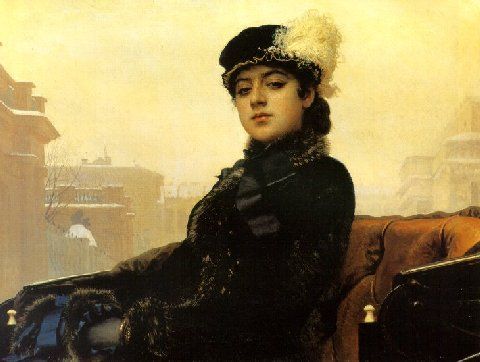
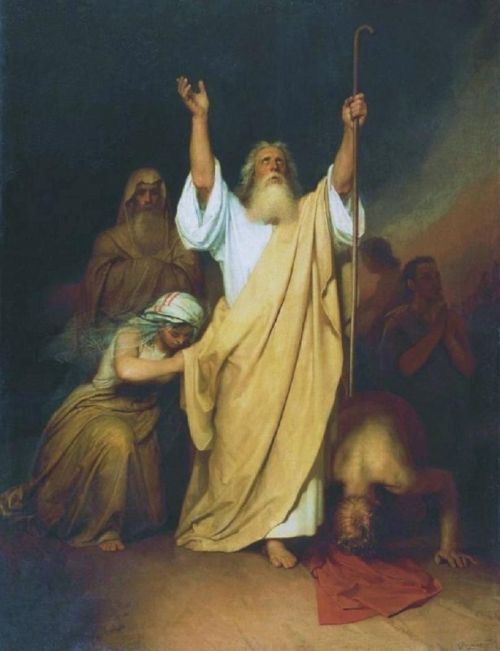
The Peredvizhniki artists were a group of Russian artists, also referred to as the Wanderers or Itinerants. The group formed as a counter movement to the mainstream, academic art scene in Russia. The innovative collective of artists later formed the Society for Traveling Art Exhibitions.



Peredvizhniki formed in St. Petersburg under the leadership of Ivan Kramskoi, Grigoriy Myasoyedov, Nikolai Ge and Vasily Perov. The founding artists wished to protest against the St. Petersburg Academy of the Arts’ traditional and restrictive guidelines.

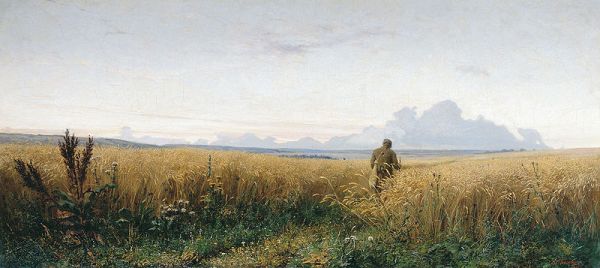

The liberal “Slavophiles”, Vissarion Belinsky and Nikolai Chernyshevsky inspired Peredvizhniki artists. The two political figures were seen as negative, western influences, prohibited in 19th century Russia. After the serfs were emancipated in Russia the Peredvizhniki made Chernyshevsky’s work public and withdrew from the Royal Academy of Fine Arts.

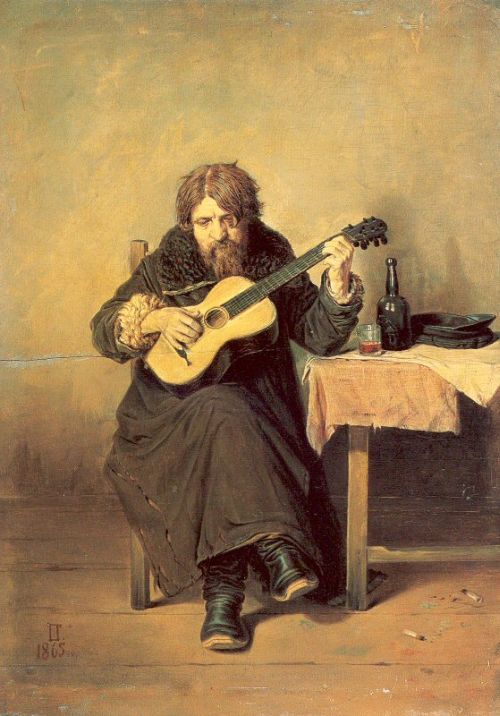
Seven years after the initial protest of the Peredvizhniki artists, most of the participants formed the Society of Wandering Exhibitions (also known as The Wanderers or Itinerants). The group came up with their concept by travelling throughout Russia and developing an innovative social and political mission.
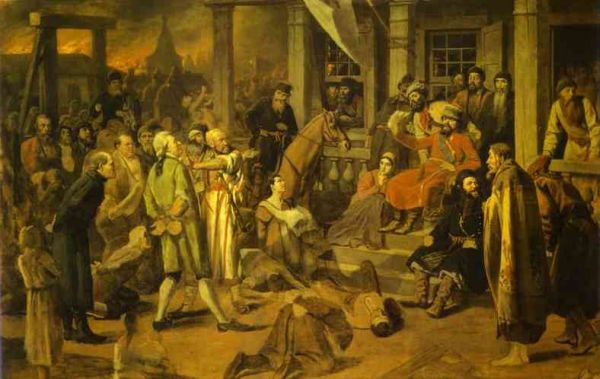
The Peredvizhniki also associated with Feodor Dostoevsky, Leo Tolstoy, Ivan Turgenev, and other well-known intellectuals of the time. The group’s intention was to integrate art into society in politically responsible and practical way.
Peredvizhniki put together nearly fifty exhibitions between 1871 and 1923, touring St. Petersburg, Moscow, Kiev, Kharkov and Odessa, among other cities. Peredvizhniki art portrayed common working class peasants, as a strong and beautiful part of society. Their art criticized the oppressive Russian aristocracy.
The art of Peredvizhniki was meant to be humanistic and democratic, attempting to create a revolutionary awareness. Peredviznhniki was not only comprised of Russian artists, but regional artists from the Ukraine, Latvia and Armenia.
Peredvizhniki’s attempt to reform the structure of the art world was successful, and by the 1890s they began to show in national academies.
The last exhibition of the Peredvizhniki was held in 1923. After forty-eight exhibitions, Peredvizhniki artists began to stray in different directions. Some members joined Soviet art affiliations, forming the movement of Socialist Realism. The group, Mir iskusstva assumed a more popular position in the avant-garde, Russian art scene.
Do you think you own a painting by the Peredvizhniki group? Contact us. We are the experts on Peredvizhniki.
Reviews
1,217 global ratings
5 Star
4 Star
3 Star
2 Star
1 Star
Your evaluation is very important to us. Thank you.
